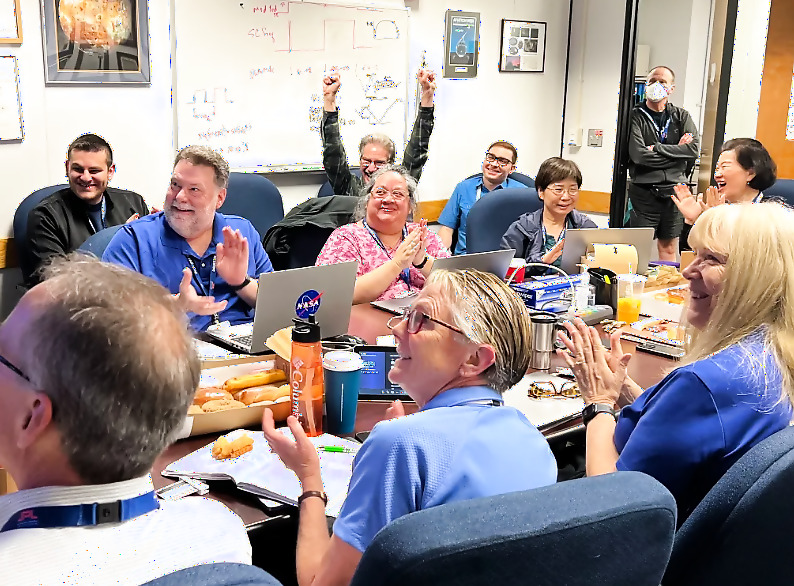
views
NASA engineers have achieved a breakthrough in communicating with Voyager 1, the farthest human-made object in space. After months of efforts, the US space agency decoded data from the spacecraft, which is currently located about 24 billion kilometers away from Earth.
The issue first arose in November last year when Voyager 1’s telemetry modulation unit began transmitting an indecipherable pattern of code. The spacecraft’s flight data system, responsible for collecting and transmitting data from its scientific instruments, had been stuck in a loop, rendering the received radio signal devoid of usable information.
READ MORE: NASA’s Voyager 1 Resumes Sending Engineering Updates to Earth

Despite this setback, Voyager 1 maintained contact with mission control on Earth. However, on April 20, NASA engineers received coherent data regarding the spacecraft’s engineering systems, indicating that Voyager 1 was operational and in good health. Linda Spilker, Voyager project scientist at NASA’s Jet Propulsion Laboratory (JPL), expressed her excitement, calling it “a great day for Voyager 1.”
This issue was resolved with creative problem-solving by the mission team. They discovered that 3% of the flight data system’s memory was corrupted, affecting the spacecraft’s ability to transmit usable data. The culprit was identified as a single chip responsible for storing critical parts of the system’s memory and software code.
Unable to repair the faulty chip, the engineers devised a workaround solution. They redistributed the affected code across different areas of the system’s memory, ensuring its functionality and updating references to its location. This innovative approach allowed Voyager 1 to resume sending readable engineering data back to Earth.
The successful communication with Voyager 1 marks a significant milestone in its ongoing mission. Launched in 1977, along with its twin spacecraft Voyager 2, both probes have surpassed their initial five-year mission lifespan, becoming the longest-operating spacecraft in history. Despite encountering various challenges over the years, including periods of communication dropout, the Voyager missions continue to provide valuable insights into our solar system and beyond.

















Comments
0 comment